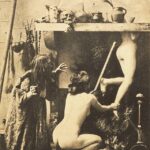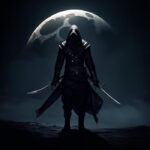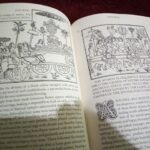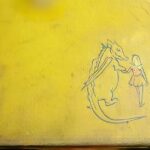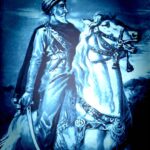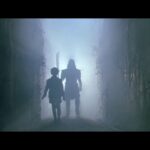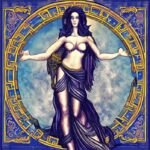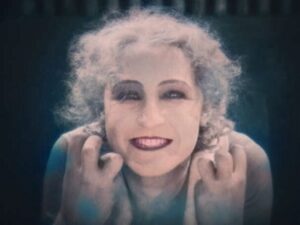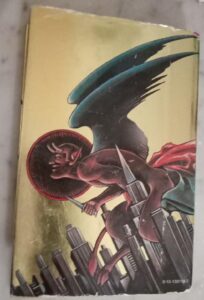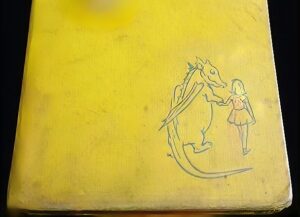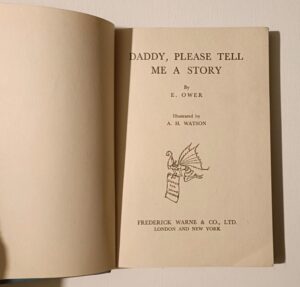The Necromancer : A Superb Literary Excavation of Dark Arts and Ancient Terrors That Goes Beyond Time
Peter Haining’s The Necromancers: The Best of Black Magic and Witchcraft stands as a towering achievement in occult anthology editing—a work that excavates the darkest corridors of supernatural literature with the precision of an archaeologist and the passion of a true believer in the power of the uncanny.
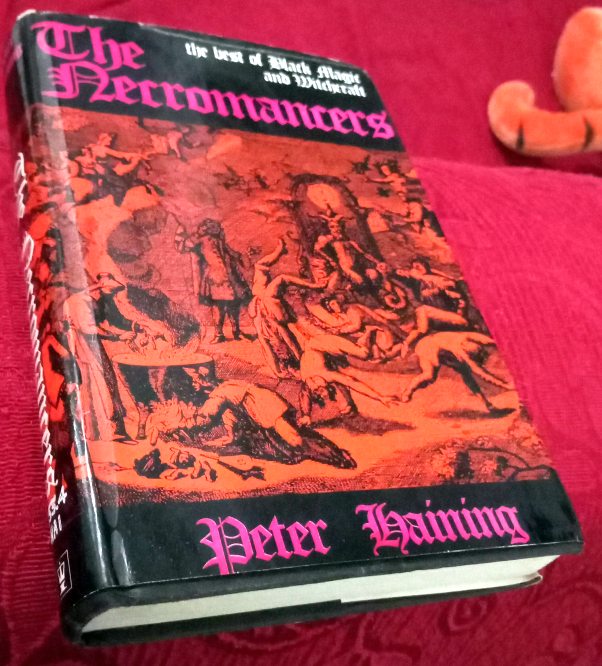
Published by Hodder & Stoughton in 1971, this collection represents Haining at his editorial zenith, curating a mesmerizing blend of fact and fiction that reads like a grimoire disguised as a literary anthology.
What distinguishes Haining’s collection from mere sensationalism is its scholarly gravitas wrapped in accessible terror. The anthology opens with Robert Bloch’s introduction—a masterstroke that immediately signals the collection’s serious literary intentions. The volume then unfolds like a carefully orchestrated ritual, featuring luminaries such as Robert Graves exploring modern witchcraft, Aleister Crowley’s chilling “The Black Lodge,” and W.B. Yeats contemplating sorcerers with his characteristic mystical intensity.
The crown jewel of the collection is Lawrence Flammenberg’s “The Necromancer”—a story that resonates with prophetic power when viewed through the lens of contemporary science fiction. Flammenberg’s necromancer, a figure who commands death itself through arcane knowledge, feels startlingly prescient when compared to the technological necromancers of Ridley Scott’s Raised by Wolves. The connection between Haining’s literary necromancer and the android Mother from Raised by Wolves illuminates how the archetype of the death-dealer has evolved with our anxieties.
Flammenberg’s original necromancer wielded supernatural forces through ritual and incantation, while the HBO series presents us with Mother—a “Necromancer” android whose very eyes contain the power to annihilate human life through sonic vibrations. Both figures embody humanity’s primal fear of entities that can bridge the gap between life and death, yet each reflects the technological understanding of their respective eras.
In Raised by Wolves, the Necromancers were originally designed as weapons of mass destruction by the Mithraic religious faction, with the ability to fly, transform their bodies into metallic armor, and project lethal screams that cause humans to explode on contact. This technological necromancy mirrors the supernatural powers described in Haining’s collection, where practitioners command death through mysterious forces beyond human comprehension. Mother’s transformation from killer android to nurturing caregiver echoes the duality present in many of Haining’s stories—the thin line between destruction and creation, death and rebirth.

The first edition hardback of The Necromancers has become increasingly rare and valuable among collectors, with copies commanding between £500-£700 in good condition. The scarcity of this 1971 Hodder & Stoughton edition makes it particularly coveted, as noted by dealers who describe it as “SCARCE FIRST EDITION”. The book’s collectible status is enhanced by its introduction by Robert Bloch and its position as one of Haining’s most successful anthologies during his prolific period in the early 1970s.
What makes this first edition especially valuable is not merely its age, but its cultural significance as a bridge between the Gothic horror tradition and modern supernatural fiction. The volume’s influence can be traced through decades of horror writing, and its availability in original hardback has become increasingly limited as copies disappear into private collections or deteriorate through use.
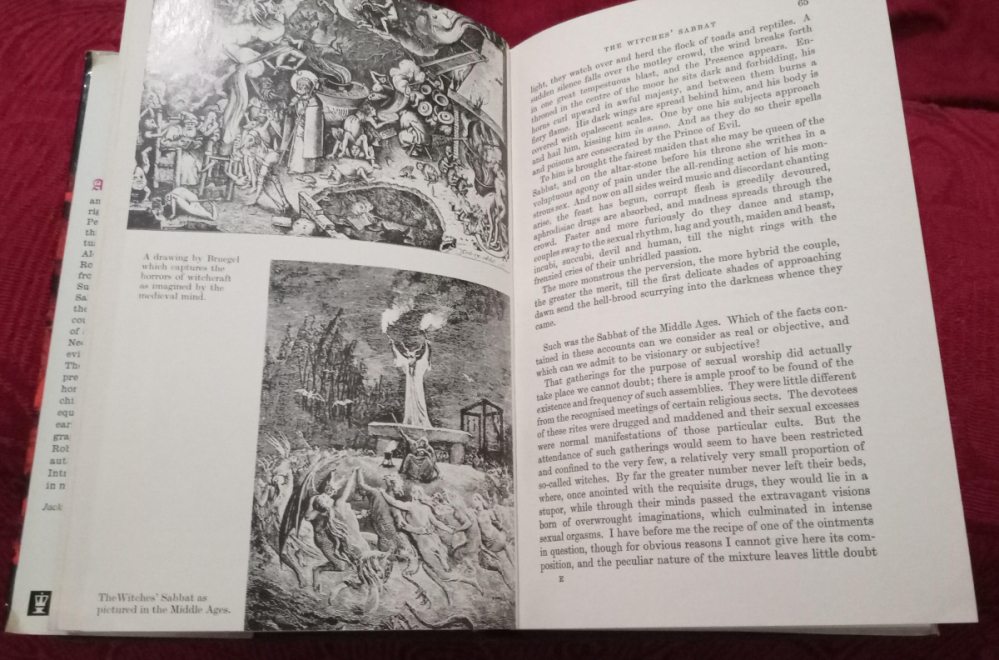
Haining’s editorial genius lay in recognizing that the necromancer archetype speaks to fundamental human anxieties about mortality and power. His collection demonstrates how different cultures and eras have imagined figures who can command death—from Benvenuto Cellini’s Renaissance experiences to Cotton Mather’s Puritan terrors. This thematic consistency finds its modern expression in Raised by Wolves, where the Necromancer android embodies our contemporary fears about artificial intelligence, religious extremism, and technological warfare.
The anthology’s blend of historical accounts and fictional narratives creates an unsettling ambiguity about the nature of supernatural power—a quality that Raised by Wolves recreates through its fusion of advanced technology and mystical elements. Both works suggest that the line between science and magic becomes meaningless when confronted with forces that transcend human understanding.
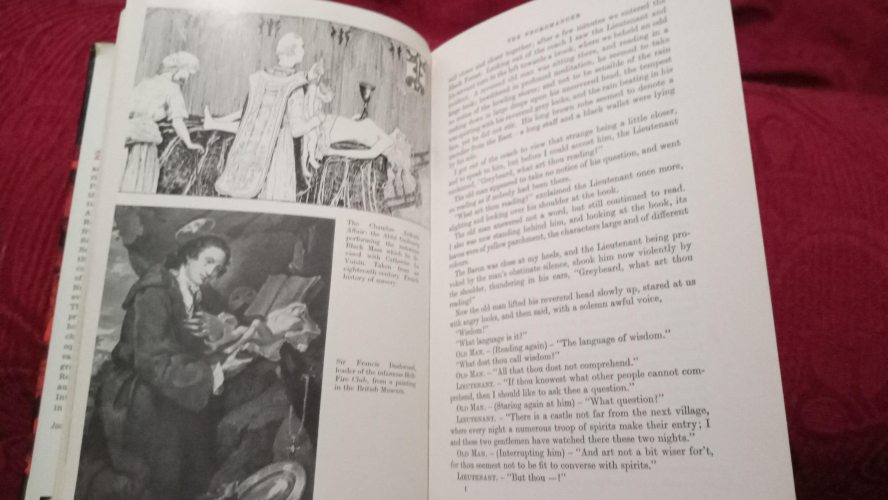
The Necromancers stands as Peter Haining’s masterpiece of anthology editing, a work that transforms a collection of disparate texts into a cohesive meditation on humanity’s relationship with death and the supernatural. The first edition’s rarity only enhances its value as both a literary artifact and a cultural touchstone that predicted our modern anxieties about technology and belief. In an age where artificial intelligence poses existential questions about consciousness and mortality, Haining’s necromancers feel less like historical curiosities and more like prophetic warnings about the powers we might unleash in our quest to transcend human limitations.
For collectors and readers alike, this volume represents not just a superior example of horror anthology editing, but a crucial link in the chain connecting Gothic literature to contemporary science fiction—a literary necromancy that continues to raise the dead through the power of exceptional storytelling.

